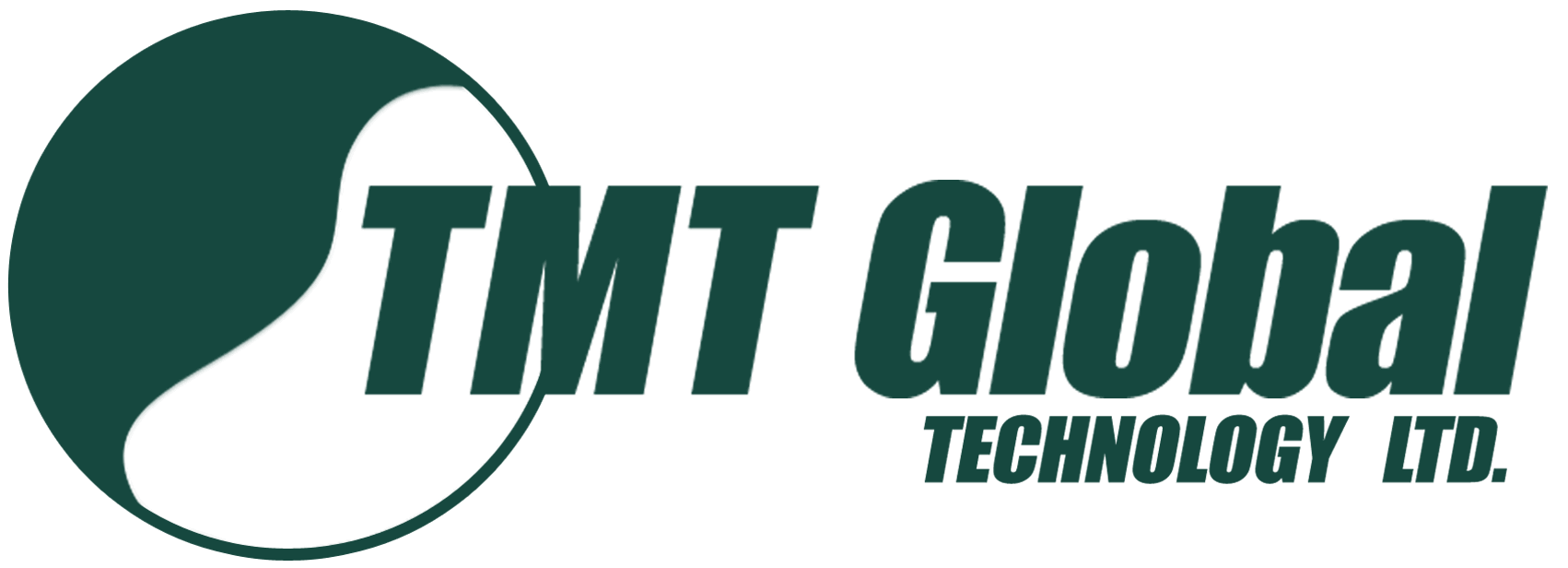difference between cat5 and cat5e and cat6
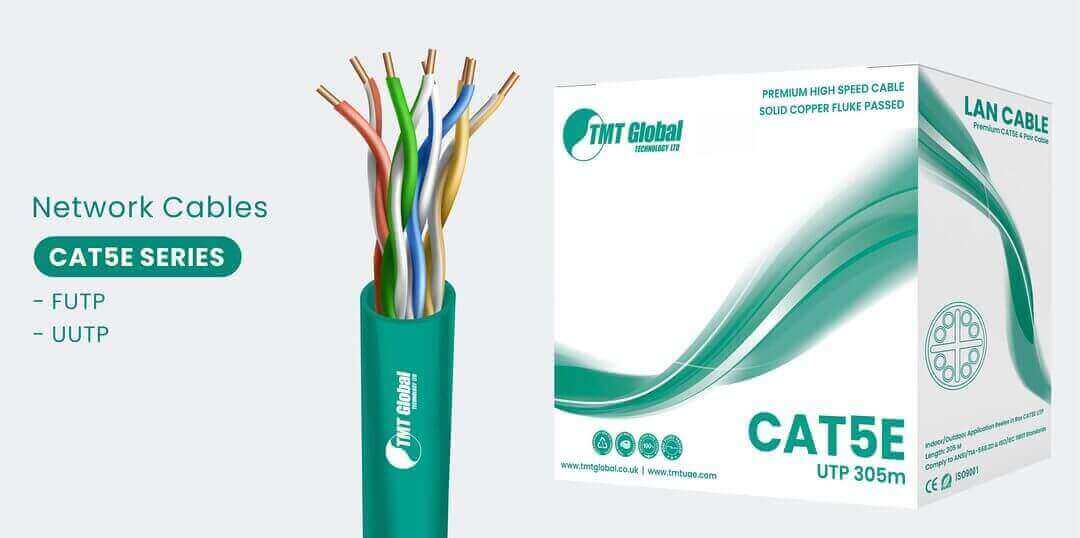
Introduction to Network Cabling
Network cabling serves as the backbone of modern communication, enabling the transfer of data and internet connectivity across various devices. As the demands for high-speed internet and efficient data transmission continue to rise, the importance of selecting the appropriate cabling becomes increasingly paramount. Network cables facilitate the connection between computers, servers, routers, and other digital devices, ensuring seamless communication and resource sharing.difference between cat5 and cat5e and cat6 cat 5 cable vs cat 6
physical difference between cat5 and cat6
The integration of reliable network cabling is crucial for both residential and corporate environments. For businesses, a dependable network infrastructure supports everyday operations, improves productivity, and enhances collaboration. While at home, quality cabling ensures a smooth streaming experience, gaming comfort, physical difference between cat5 and cat6 and reliable connectivity for all smart devices. Each category of cable, including the well-known Cat5, Cat5e, and Cat6, offers different features and capabilities tailored to meet varying requirements.cat5 vs cat5e cat6, cat7 vs cat8 , cat6 ethernet cables,differences between cat5 and cat6
what is the physical difference between cat5 and cat6
Cat5 cables have a maximum bandwidth of 100Mbps, while Cat6 cables have a maximum bandwidth of 1000Mbps.cat5 and cat6 network cables market cat 5 vs cat 6 ethernet cat 5e vs cat 5e
TMT Global Technology Ltd stands out as a key manufacturer in the network cabling space, producing high-quality Ethernet cables that meet industry standards. They focus on delivering products that not only enhance performance but also ensure longevity and reliability in any setting. By understanding the differences between the various categories of network cables, users can make informed decisions regarding their data transmission needs. As we delve deeper into the specifications and advantages of Cat5, Cat5e, and Cat6 cables, it becomes clear that these options cater to diverse requirements, balancing speed, distance, and overall performance.


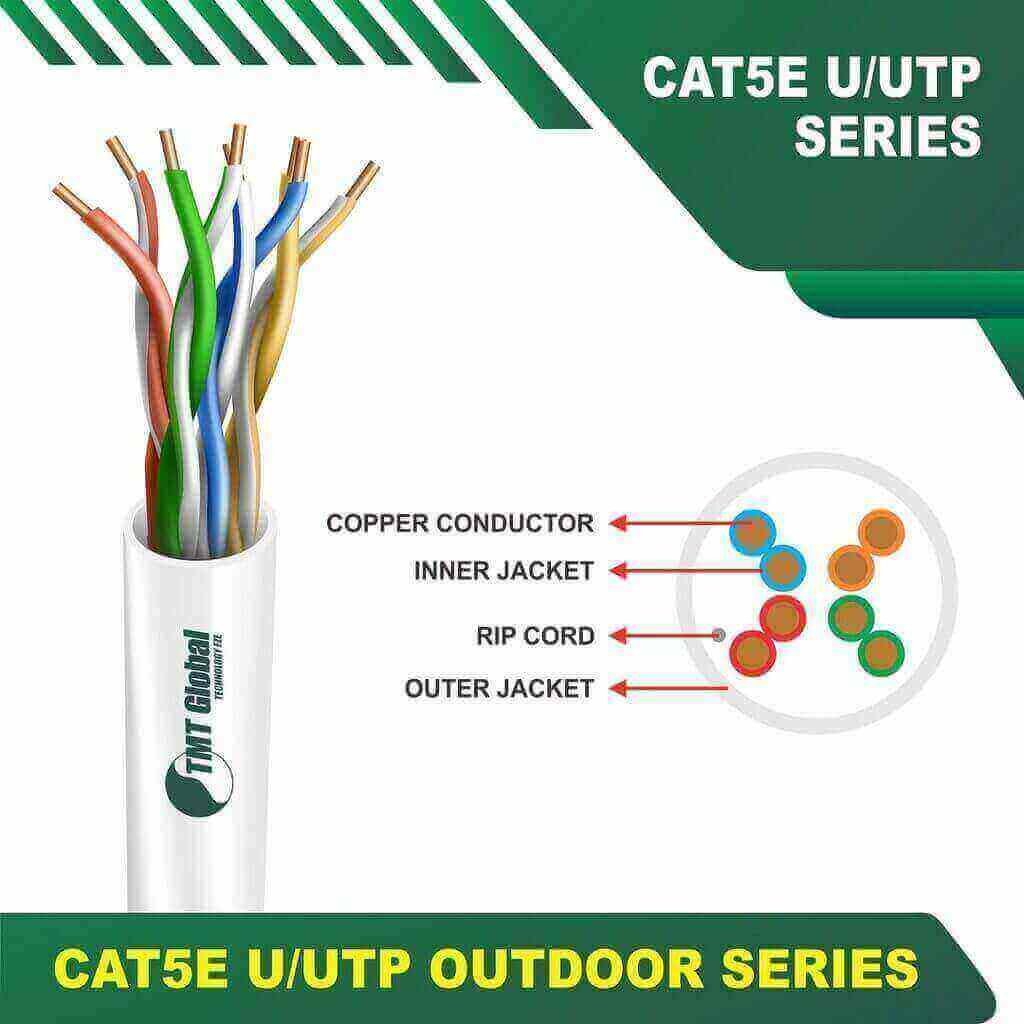
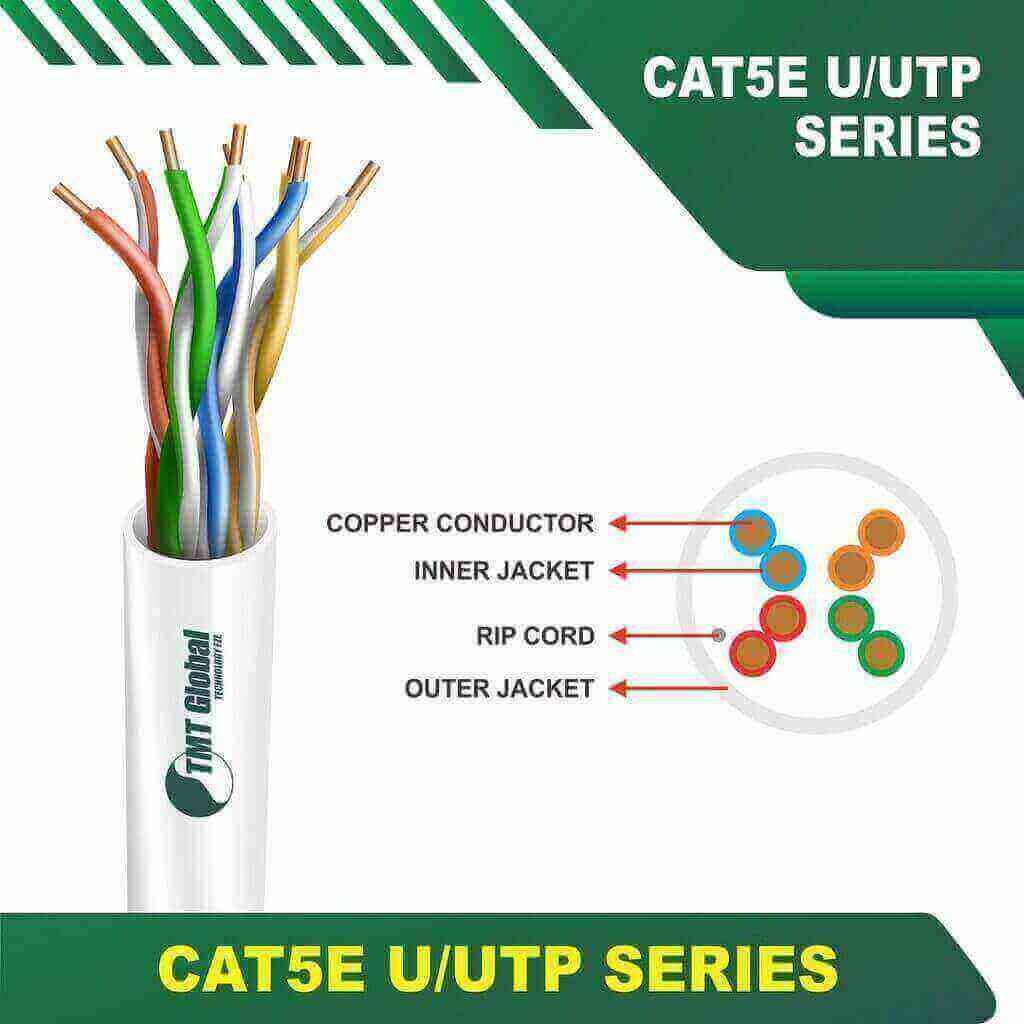
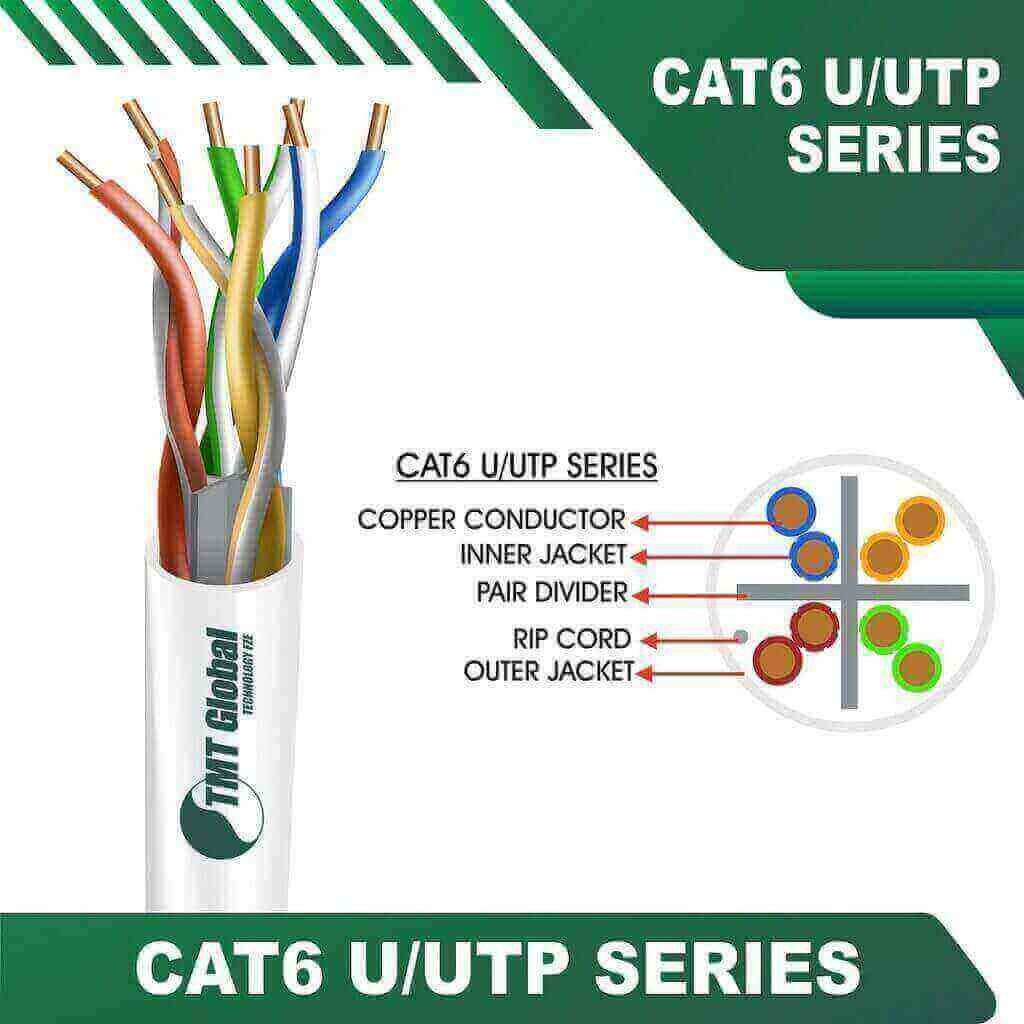
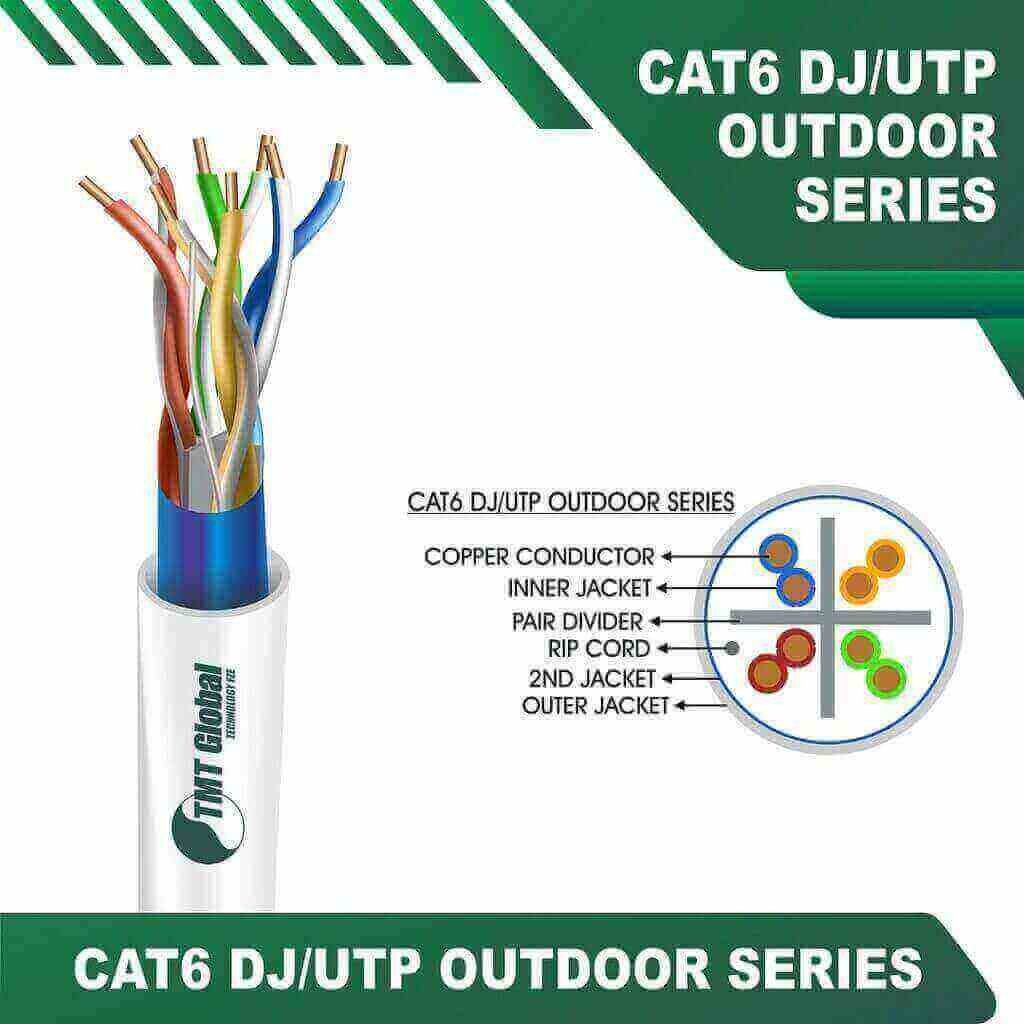
In this blog post, we will explore the unique features of each of these Ethernet cables, providing essential insights that can assist in selecting the most suitable cabling solution for any environment, whether it be home, office, or enterprise-led setups.cat 5 v cat 6
Overview of Cat5 Cables
Category 5 (Cat5) cables represent an essential standard in the realm of networking technology. These twisted pair cables were widely used for numerous applications, primarily due to their design and specifications, which cater to basic networking needs. Cat5 cables support data transmission speeds of up to 100 megabits per second (Mbps), making them suitable for various environments where high-speed internet is not a critical requirement.
The construction of Cat5 cables involves four pairs of twisted copper wire, allowing the cable to effectively minimize interference and crosstalk. This twisting of wire pairs contributes significantly to the cable’s ability to handle frequencies up to 100 megahertz (MHz). Although Cat5 technology has been largely superseded by its successors—Cat5e and Cat6—understanding its design principles remains critical for appreciating their advancements.
cable what is
Common applications for Cat5 cables include basic internet connectivity, voice communications, and simple local area networks (LANs). They are particularly effective in environments where data transfer demands are moderate, such as in small offices and home networks. However, it is important to note that the limitations of Cat5 cables become apparent when confronted with newer demands for higher data speeds. The maximum transmission speed and frequency make them less suitable for modern applications that require bandwidth-intensive data transfers, such as video streaming and large file sharing.
shielding type of ethernet cables
In summary, while Cat5 cables played a foundational role in the evolution of networking technologies, they have gradually become obsolete as the demand for faster and more efficient data transmission has increased. Recognizing the capabilities and constraints of Cat5 cables is crucial when considering an upgrade to more advanced cabling options like Cat5e and Cat6, which offer enhanced speed and efficiency.cat6 and cat5 difference
What is Cat5e?
Cat5e, short for Category 5 enhanced, is an improved version of the original Cat5 network cable, designed to meet the evolving demands of modern networking technology. One of the significant advancements of Cat5e over its predecessor is its ability to support data transmission speeds of up to 1 Gbps, making it suitable for a wide range of applications, including high-speed internet and online gaming. This increased capability stems from enhancements in the cable design that allow for more efficient data transfer.what is the difference between cat6 and cat5
ethernet cable what are
In addition to superior speed, Cat5e cables operate at frequencies of up to 100 MHz, providing a broader bandwidth that facilitates better data communication. These higher frequencies are instrumental in accommodating multiple data channels, which is essential for handling concurrent data streams in an increasingly connected environment. The enhancements not only improve speed and bandwidth but also significantly reduce crosstalk and interference, which can degrade network performance.
Crosstalk, the unwanted transfer of signals between nearby wires, is a common issue in network cables. Cat5e cables utilize innovative design techniques, such as improved twisting of the wire pairs, to minimize this effect. This reduction in crosstalk ensures that data integrity is maintained during transmission, making Cat5e a more reliable choice for both home and business networking needs.
cat5e vs cat6 cat6a
The advancements in Cat5e technology make it a preferred option for modern network setups. Many organizations and individuals opt for Cat5e cables to future-proof their networks, providing an efficient solution that meets today’s data demands while remaining cost-effective. Its ability to support gigabit speeds and enhanced performance characteristics positions Cat5e as a staple in networking solutions, paving the way for seamless communication in a digital world.
Exploring Cat6 Cables
Category 6 (Cat6) cables represent a significant advancement in networking technology when compared to their predecessors, namely Cat5 and Cat5e. Designed to support higher data rates and frequency capabilities, Cat6 cables are essential for modern high-speed networks. They can deliver data transfer rates of up to 10 Gigabits per second (Gbps) over a distance of up to 55 meters, making them particularly useful in environments where high bandwidth is a requirement.
One of the distinguishing features of Cat6 cables is their ability to operate at frequencies reaching up to 250 MHz. This higher frequency allows for improved performance in data transmission, which is crucial in today’s data-heavy applications such as video conferencing, online gaming, and large file transfers. Additionally, Cat6 cables utilize enhanced shielding techniques that help to minimize crosstalk—the interference that occurs when signals from adjacent cables disrupt the signal in a target cable. This shielding results in clearer signals and more reliable connections, further enhancing the overall network performance.
Cat6 cables find extensive applications in various settings, including residential networks, enterprise networks, and data centers. In environments that necessitate quick data exchanges and large volumes of data processing, Cat6 cables are often the preferred choice. With the rapid growth of technologies that demand high-speed internet connections, such as the Internet of Things (IoT) and cloud computing, the transition to Cat6 becomes not only advantageous but essential for maintaining efficient network operations.
In conclusion, Cat6 cables stand out in the realm of networking due to their advanced technology, superior data transfer capabilities, and enhanced shielding. These attributes make them an optimal choice for businesses and individuals looking to future-proof their network infrastructure.
Comparison of Cat5, Cat5e, and Cat6
When considering network cables, understanding the variations between Cat5, Cat5e, and Cat6 is essential for selecting the right solution for your connectivity needs. Each of these cable types possesses unique characteristics that influence their performance in various environments.
The Cat5 cable, although now somewhat outdated, supports data transfer rates of up to 100 Mbps and operates at a frequency of 100 MHz. Despite its limitations, it is suitable for basic networking requirements in small offices or home networks where high-speed internet is not a necessity. The maximum cable length for a Cat5 installation is 100 meters, beyond which signal degradation may occur, leading to a loss in performance.
In contrast, the Cat5e cable represents an improvement over its predecessor. Specifically designed to reduce crosstalk—the interference caused by adjacent wires—Cat5e can handle speeds up to 1 Gbps, making it a popular choice for many residential and commercial applications. It operates at the same frequency of 100 MHz as Cat5 but utilizes enhanced shielding to minimize interference, thereby providing better overall reliability. Like Cat5, the maximum cable length remains at 100 meters.
Cat6 cables are positioned as a high-performance option, with capabilities of supporting speeds up to 10 Gbps over short distances. Operating at a frequency of 250 MHz, the Cat6 cable’s construction involves thicker wire and additional insulation, further reducing crosstalk. While the maximum cable length for 10 Gbps transmission is limited to 55 meters, it still supports 1 Gbps over the full 100-meter length. This makes Cat6 an ideal choice for environments where speed and reliability are paramount.cat5 vs cat6 for home
In summary, selecting between Cat5, Cat5e, and Cat6 ultimately depends on your specific networking needs and the environment in which you intend to use the cables. Each option presents distinct advantages and limitations that are essential to consider.
Manufacturing Standards at TMT Global Technology Ltd
TMT Global Technology Ltd UK is committed to maintaining the highest quality standards in the manufacturing of network cables, specifically Cat5, Cat5e, and Cat6. The company adheres to rigorous manufacturing processes that ensure each product meets or exceeds international standards. This commitment to quality assurance is fundamental to the production methodology implemented at TMT Global.
The manufacturing process at TMT involves a series of meticulously planned steps designed to ensure the integrity and reliability of the cables produced. These steps include careful selection of raw materials, advanced manufacturing techniques, and comprehensive testing to verify performance specifications. The use of high-grade copper conductors and polyethylene insulation not only contributes to the durability of the cables but also enhances data transmission efficiency.
In compliance with internationally recognized standards such as ISO/IEC 11801, TMT ensures that every batch of cables undergoes thorough testing for parameters including crosstalk, attenuation, and impedance. This rigorous testing phase is crucial as it helps identify any potential issues before the cables reach the market, thereby safeguarding the end user’s experience. Furthermore, TMT employs state-of-the-art equipment to monitor production processes, thus ensuring that consistency and performance are maintained across all products.
TMT Global Technology Ltd also places a strong emphasis on innovation in its manufacturing approach. The introduction of new technologies and practices allows the company to improve production efficiency while simultaneously reducing waste. This dedication to sustainability is reflected not only in the manufacturing practices but also in the lifecycle of the network cables themselves.
Ultimately, TMT Global Technology Ltd UK remains committed to producing reliable, high-performance network cables. Through stringent quality control measures, adherence to international manufacturing standards, and a focus on technological advancements, the company guarantees that its Cat5, Cat5e, and Cat6 cables will meet the demands of modern networking solutions.
Choosing the Right Cable for Your Needs
Selecting the appropriate network cable for your specific requirements can significantly impact the performance and efficiency of your network. The primary types of cables to consider in this decision are Cat5, Cat5e, and Cat6 cables, each offering different capabilities suited for various environments. One of the first factors to assess is the intended use of the network. For instance, residential users may find that a Cat5 or Cat5e cable is sufficient for standard internet browsing and streaming activities. However, as online gaming, remote work, and smart home devices gain popularity, switching to a Cat6 cable may provide the necessary bandwidth and speed.
Budget constraints also play a pivotal role in the decision-making process. Cat5 cables are typically the most affordable option, suitable for basic networking needs. However, the slightly higher investment in Cat5e or Cat6 cables can yield benefits in speed and reduced interference, which may be worthwhile for high-demand applications. Furthermore, evaluating the speed requirements of your network is crucial. Cat5 can support speeds of up to 100 Mbps, while Cat5e can handle speeds up to 1 Gbps. Cat6 cables are advantageous for users needing speeds up to 10 Gbps over short distances, making them ideal for businesses or homes with high data transfer demands.
Future scalability is another important consideration. Investing in a higher specification cable can offer more flexibility as networking needs evolve. If you anticipate increased usage or the addition of more devices in the future, opting for a Cat6 cable will tomorrow-proof your infrastructure, avoiding the need for upgrades in the near term. Ultimately, the selection of the right cable hinges on a careful assessment of these factors to ensure that your networking infrastructure meets both current and forthcoming requirements effectively.
Installation Considerations
When it comes to installing network cables, particularly Cat5, Cat5e, and Cat6 varieties, several key considerations must be taken into account to ensure optimal performance and longevity. Proper installation techniques are vital for maintaining signal integrity and preventing potential issues down the line. It is essential to adhere to the recommended installation practices for each cable type. For instance, while Cat5 cables are typically sufficient for lower bandwidth requirements, Cat5e and Cat6 cables provide enhanced performance and can support higher data rates. Ensuring that cables are not excessively bent or twisted during installation is crucial, as such conditions can impair performance and lead to data loss.
The connectors and patch panels used throughout the installation process also play a significant role in the overall effectiveness of the network. Using high-quality connectors that are compatible with the specific cable type is necessary to ensure secure and reliable connections. In addition, patch panels should be appropriately rated for the cables being utilized, which helps manage cable organization and reduces the risk of interference. Whenever possible, professionals suggest maintaining a clean and organized installation environment, which not only aids in troubleshooting but also enhances airflow around the networking equipment.
Environmental factors must also be considered when installing network cables. Factors such as temperature fluctuations, electromagnetic interference (EMI), and moisture can all have detrimental effects on cable performance. For example, Cat6 cables are generally better at resisting interference compared to their Cat5 counterparts, making them more suitable for installations in areas with significant electronic activity. It is advisable to evaluate the installation location thoroughly and consider using suitable cable types that can withstand the specific environmental conditions. By addressing these considerations upfront, the performance of Cat5, Cat5e, and Cat6 cables can be maximized, ensuring a robust network infrastructure.
Conclusion: Making an Informed Decision
In the realm of network infrastructure, understanding the distinctions among various types of network cables is crucial for optimizing performance. Cat5, Cat5e, and Cat6 cables each serve unique purposes and exhibit different capabilities that can significantly affect network functionality. Through this exploration, we have identified that Cat5 cables provide basic performance suitable for standard network requirements but are limited in speed and distance. In contrast, Cat5e cables enhance data transmission, reducing interference and supporting higher speeds. This makes them more suitable for environments where performance is paramount.
Moreover, Cat6 cables stand out by supporting even greater bandwidths and speeds, making them ideal for high-demand applications, such as streaming or gaming. Understanding these differences allows users to align their choices with their specific networking requirements. Factors such as the desired speed of data transfer, the layout of the network, and future scalability should all be considered when making a selection. It is also worth noting that the choice of cable can impact overall network reliability and efficiency.
Making an informed decision is imperative, as the right cabling solution can lead to enhanced network performance, longevity, and stability. As technology continues to evolve, upgrading to higher-category cables like Cat5e or Cat6 may prove beneficial for ensuring your network meets increasing data demands. For those navigating this selection process, consultation with experts can provide significant insights into the right choice. TMT Global Technology Ltd is available to assist in identifying the best cabling solutions tailored to your specific needs, ensuring optimal network performance aligned with future demands.
